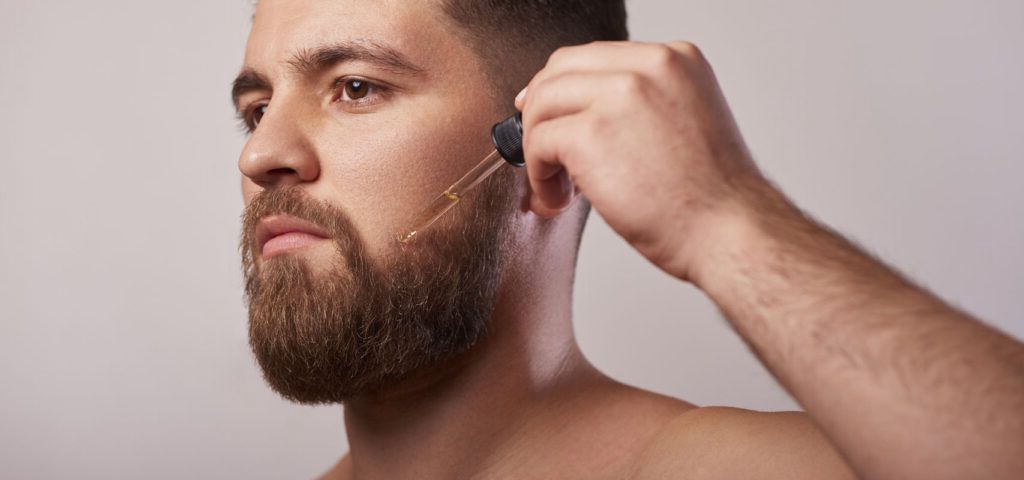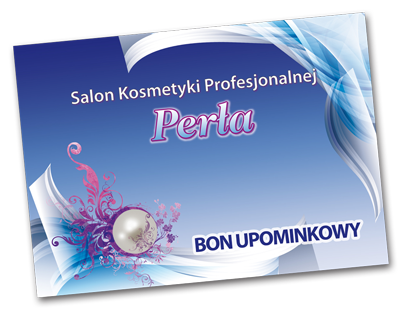Minoksydyl 5 na brodę - Skuteczność, Bezpieczeństwo i Porady
Czy warto stosować minoksydyl?
Minoxidil jest chętnie stosowanym preparatem, właśnie ze względu na rezultaty oraz wysoki poziom bezpieczeństwa jego włączenia do terapii. Przepadają za nim zarówno Pacjenci, jak i lekarze. Można stosować go w domu, nakładając go miejscowo, jak również w gabinetach kosmetologicznych, po uprzednim zastosowaniu dermarollera. Pomimo tego, że nakładanie preparatu wymaga od Pacjentów dokładności, dyscypliny oraz cierpliwości, zdecydowanie warto wypróbować go, jeżeli borykamy się z nadmiernie wypadającymi włosami. Jedynie w skrajnych przypadkach, w których utrata włosów jest duża i niekontrolowana, pomimo tego, że przynosi efekty, niestety nie spełnia oczekiwań Pacjentów.
Minoxidil jest nieco mniej inwazyjnym lekiem, niż finasteryd, który ma działanie blokujące przeobrażanie się testosteronu, w jego pochodną odpowiedzialną za androgenowe wypadanie włosów. Chociaż jego działanie jest silniejsze, nie znaczy, że powinniśmy rozpoczynać terapię właśnie od niego. Uważa się, że finasteryd przynosi efekty w zakresie ograniczenia wypadania włosów u ponad 80% osób, a jednocześnie powoduje przyrost nowych włosów u ponad 60% Pacjentów. Podobnie jak w przypadku minoksydylu jego skuteczność jest wyższa w okolicach czubka głowy. Stosowanie finasterydu zaleca się wyłącznie mężczyznom. Dowiedz się więcej na temat finasterydu.
Indications
Topical minoxidil is available in both liquid solution and foam formulations. The liquid form of topical minoxidil contains alcohol and propylene glycol, the 2 crucial molecules that help dissolve the drug in a patient's body, facilitating tissue absorption. Formulations containing 2% and 5% minoxidil commonly treat scalp alopecia in individuals aged 18 and above. Long-term use of minoxidil is necessary to uphold the achieved clinical outcomes of the medication, as these effects diminish when the drug is discontinued.[3][4]
Topical Minoxidil
Off-label uses of topical minoxidil are as follows:
Alopecia areata: Minoxidil has demonstrated the ability to elicit a favorable clinical response when used as a standalone treatment for alopecia areata or in conjunction with other medications, such as corticosteroids.
Chemotherapy-induced alopecia: In this case, minoxidil has exhibited the capacity to reduce hair loss and expedite the process of hair regrowth.
Scarring alopecia: Minoxidil has displayed evidence of having an antifibrotic effect on this condition. Consequently, topical minoxidil treatment could be a viable therapeutic option during the initial stages of dermatoses, leading to scarring alopecia, such as those stemming from scalp burns.
Monilethrix: Minoxidil induces the synchronization of hair follicles entering the anagen phase in patients experiencing this condition.
Hereditary alopecia or hypotrichosis: Minoxidil has demonstrated its beneficial effects by promoting hair shaft thickening in hypotrichosis.
Oral Minoxidil
Side Effects of Rogaine
Most people do not have bothersome side effects from Rogaine. Mild side effects may occur, such as itching, redness, or flakiness on the scalp.
Also, when you start using minoxidil, you might notice more hair growth initially, followed by some shedding of old hair after two to eight weeks. This shedding is generally a sign that the treatment is working.
Another mild side effect of topical minoxidil is hypertrichosis, which appears as fine hairs growing on areas like the face and hands.
Mild allergic reactions are also possible. Consider testing the product on a small area first.
Rogaine mainly works in the hair follicles, with very little of the medication affecting the rest of your body. Rarely, however, some report Rogaine can cause severe side effects that require medical attention. These include:
- Chest pain
- Rapid heartbeat
- Dizziness
- Sudden, unexplained weight gain
- Swelling in the hands or feet
Side effects occur more frequently with 5% Rogaine products than with 2% Rogaine products because the 5% forms provide more of its active ingredient, minoxidil. However, if irritation occurs with the liquid solution of Rogaine, switching to a foam formulation may help.
Who Can Use Rogaine?
Rogaine is FDA-approved for hair loss in adults. Specific products are designed for males versus females based on the studies conducted to establish the medication’s safety and effectiveness.
Rogaine can be a safe and effective treatment for hair loss, but it isn’t right for everyone. According to the product labeling, you should not use Rogaine if:
- You have no family history of hair loss.
- You have sudden, unexplained, or patchy hair loss.
- You are under the age of 18.
- You have hair loss that occurs in association with giving birth.
- You have skin problems at the intended application site, such as scalp irritation, infection, or pain.
- You apply other medications to your scalp.

Mechanism of Action
Stimulation of the microcirculation around the hair follicles induces arteriolar vasodilation, thereby encouraging conditions conducive to hair growth.
Induction of the vascular endothelial growth factor expression leads to heightened vascularization around the hair follicles, thereby promoting hair growth.
Activation of the prostaglandin-endoperoxide synthase-1 enzyme leads to the enhancement of hair growth.
Inhibition of androgen-related effects on androgen-sensitive hair follicles.Direct stimulation of the hair follicles as the drug acts as an epidermal growth factor on the matrix cells, slowing their aging process and extending their anagen phase. This process is achieved through the activation of the beta-catenin pathway.
Display of antifibrotic characteristics due to its impact on collagen synthesis.Hypertension
Pharmacokinetics
Absorption: Minoxidil is absorbed from the gastrointestinal tract at a rate of 95%, and the drug achieves peak levels within the initial hour. Conversely, only 1.4% of topical minoxidil is absorbed through the skin.[7]
Distribution: Minoxidil shows no binding affinity to plasma proteins. This drug experiences broad distribution, with a distribution volume ranging from 2.8 to 3.3 L/kg.
Metabolism: Minoxidil undergoes metabolism through conjugation, sulfation, and hydroxylation processes. The resulting metabolites generally exhibit lower pharmacological activity than the parent drug. Notably, as previously mentioned, topical minoxidil is metabolized within the hair follicles by the sulfotransferase enzyme, leading to the formation of minoxidil sulfate.[11]
Elimination: Although the elimination half-life of minoxidil is around 3 to 4 hours, the hypotensive impact of the medication may persist for up to 72 hours. Notably, the excretion of minoxidil and its metabolites predominantly occurs through the kidneys.[12]

 U nas zapłacisz kartą
U nas zapłacisz kartą
